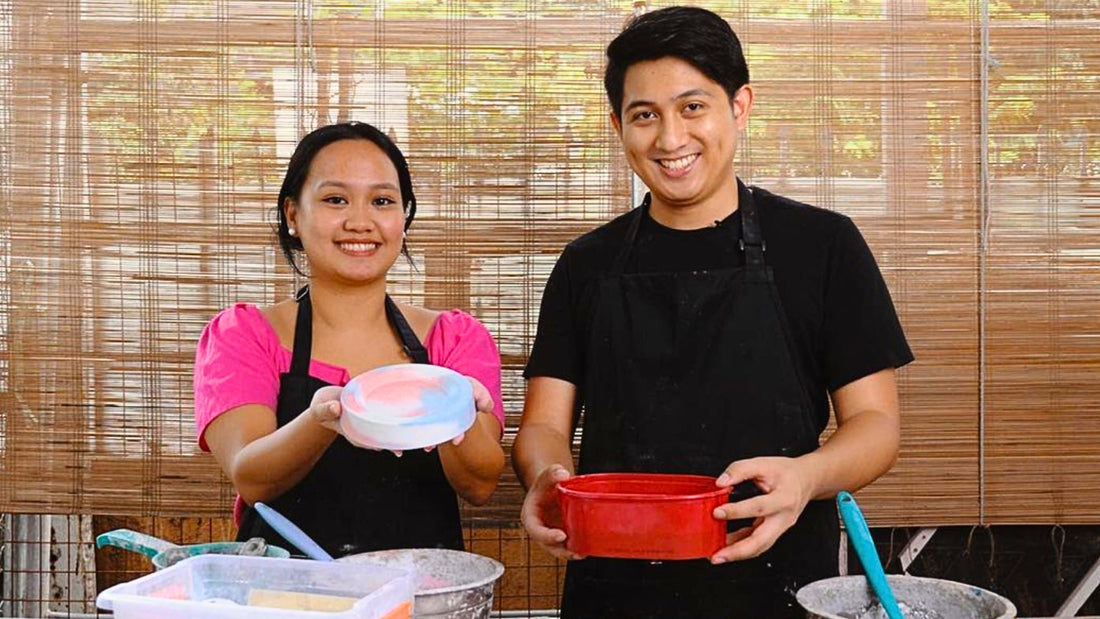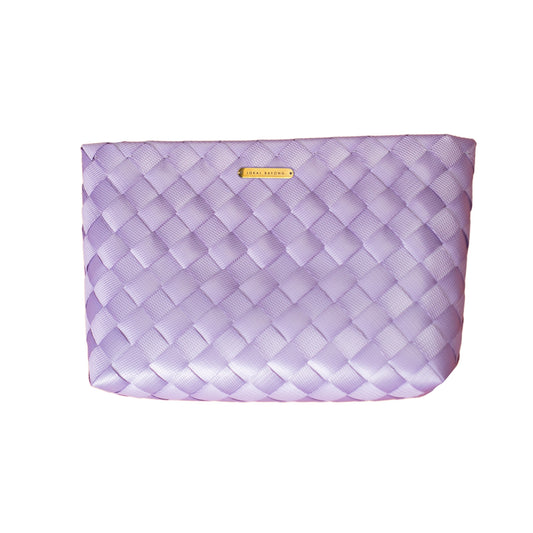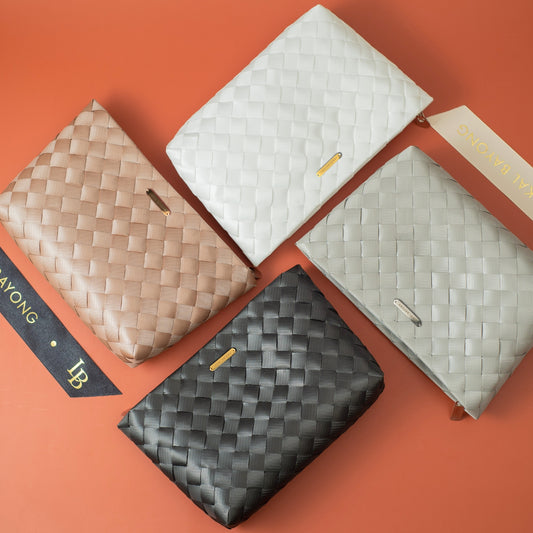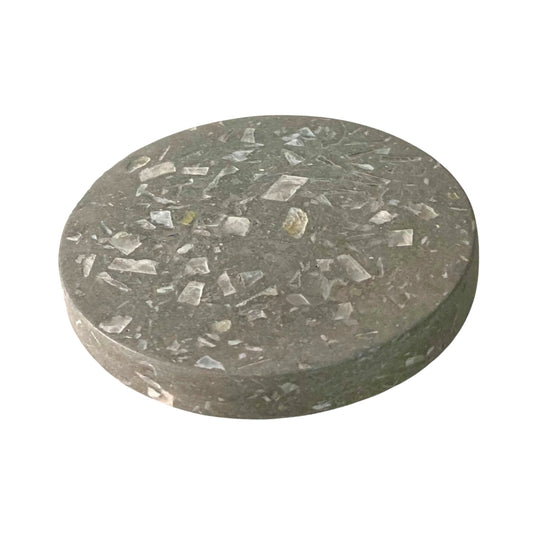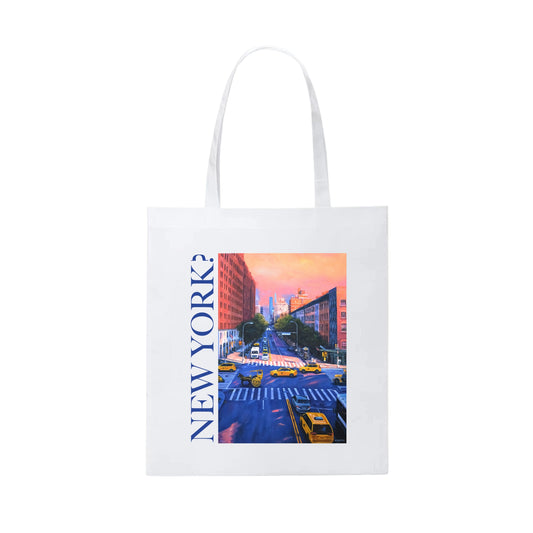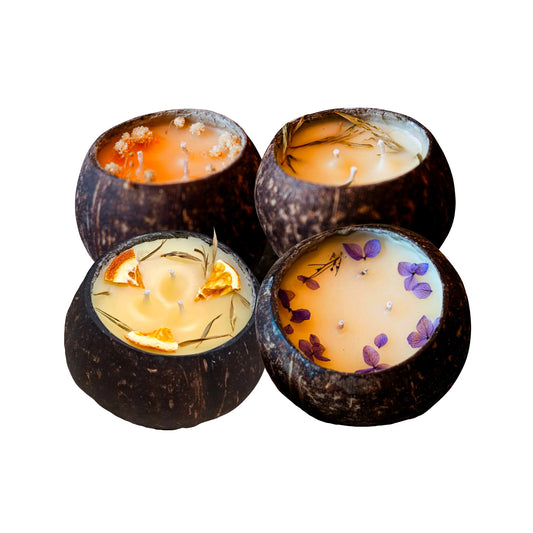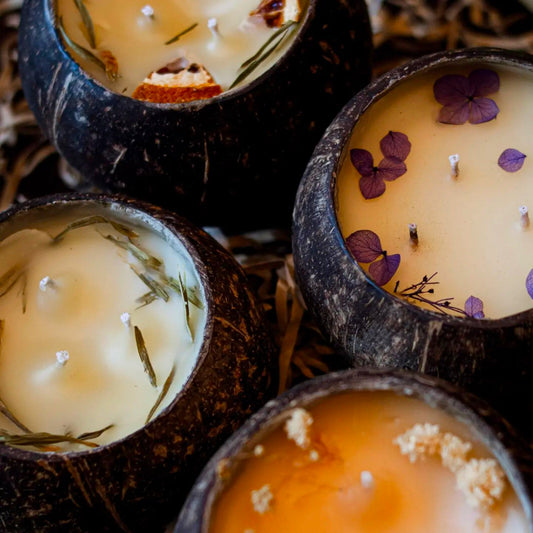Concrete cement as art? You bet. Meet the makers of Krete Manila who are molding a new appreciation for an all-too-familiar material.

Concrete, typically associated with construction rather than art, is often overlooked for its artistic potential. While commonly seen as a foundational material, its inherent qualities of refinement and decoration are often undervalued. However, concrete possesses the potential to be more than just a base layer or canvas; it can become the artwork itself, showcasing its unique aesthetic appeal.
In the Philippines, Krete Manila, founded by Viktoria Laguyo and Daniel Ubas, is challenging the conventional perception of concrete cement. They firmly believe that the notion of "locally handcrafted" should extend beyond well-known materials like rattan to include other mediums, such as their innovative use of concrete cement which is an often overlooked material in the realm of craftsmanship and design.
Through their handmade home decor shop in Marikina, they craft furniture, kitchenware, and decorative pieces, showcasing the beauty and versatility of concrete as a creative medium.
"Cement is seen as cheap, and there’s a notion that if you make something out of a cheap material, it’s going to be cheap. But we see value in the notion of using an imperfect material to create something beautiful with it.”
With a shared background in industrial design, what started as a passion project in 2016 has since become a full-blown commitment for the duo.
Nestled in Marikina, a vibrant hub of creators and artists, Viktoria takes charge of designing and conceptualizing each piece, while Daniel oversees the meticulous execution in their workshop. With their combined expertise, they possess a deep understanding of the intricacies involved in working with concrete.
"We surprised ourselves," Daniel fondly recalls, reflecting on their humble beginnings.
At the time, succulent cacti had gained immense popularity among their peers, with nearly everyone embracing these indoor plants as a trendy addition to their spaces. With their experience in creating mold models, Viktoria and Daniel embarked on a mission to craft concrete pots for their beloved plants, turning their designs into tangible products.
Viktoria and Daniel initially focused on creating their own range of kitchenware, including coasters and trays, which continues to be a staple in their collection. However, they quickly expanded their offerings by accepting custom orders, starting with a collaboration with a toy artist.
They even forged partnerships with creators from various mediums — one notable collaboration involved a candle maker, and they even incorporated used and discarded capiz shells in one of their collections.
Of course, there was a lot of trial-and-error for Krete Manila at first, and given the scarcity of known concrete cement artists in the Philippines, the duo had to rely on a combination of their existing knowledge and external resources such as YouTube tutorials and manuals from overseas.
For instance, they initially bought their molding materials from the United States, only to discover that what they had learned initially didn't necessarily apply in the hot and humid climate of the Philippines.

Looking back at 2019, what started as a hobby and side income for Viktoria and Daniel took a significant turn when a corporate client placed an order for about a thousand pieces. To meet the demand, they had to hire temporary assistants and scale up their operations — however, with the onset of the pandemic, business slowed down, and Viktoria had to take on work as a teacher.
Nevertheless, they remain optimistic that as restrictions ease and the country reopens, the demand will rebound, allowing them to regain the scale they achieved in 2019.
Today, Ubas characterizes their creative process as a blend of art and science, emphasizing the importance of calculations and precise measurements. "There’s a lot of math that goes behind our projects such as calculating the weight so they don’t break," he explains.
To also minimize waste, the duo utilizes 3D modeling software with Viktoria handling the modeling before Daniel executes the final designs with the actual molds. After all, both of them want Krete Manila to adhere to the principles of sustainable, eco-conscious design.
That being said, even now, they still get mistaken as ceramic or resin artists — nevertheless, Daniel sees this as an opportunity to educate their buyers. Viktoria echoes this too, stating that it creates brand awareness as well as a sense of community.
Overall, Krete Manila's chosen medium of concrete cement isn’t one to look down on or underestimate. Viktoria and Daniel themselves are captivated by its unique character and perfect imperfections, with Viktoria observing that...
"Concrete ages a certain way; it cracks and gets a few acid stains, but I think it adds character. We see a beauty in that.”
This echoes the popular Japanese design philosophy called wabi-sabi which celebrates perfection through perceived faults. Similarly, Krete Manila values the imperfect nature of concrete. After all, something too squeaky clean can be seen as soulless and devoid of human touch.
As it stands, Krete Manila envisions a future where more artists embrace and elevate the medium of concrete cement. They have already received interest from local college students and a Filipino studying abroad who are eager to learn more.
Viktoria lights up, eager to get back to the studio, concluding that "cement is seen as cheap, and there’s a notion that if you make something out of a cheap material, it’s going to be cheap. But we see value in the notion of using an imperfect material to create something beautiful with it."



